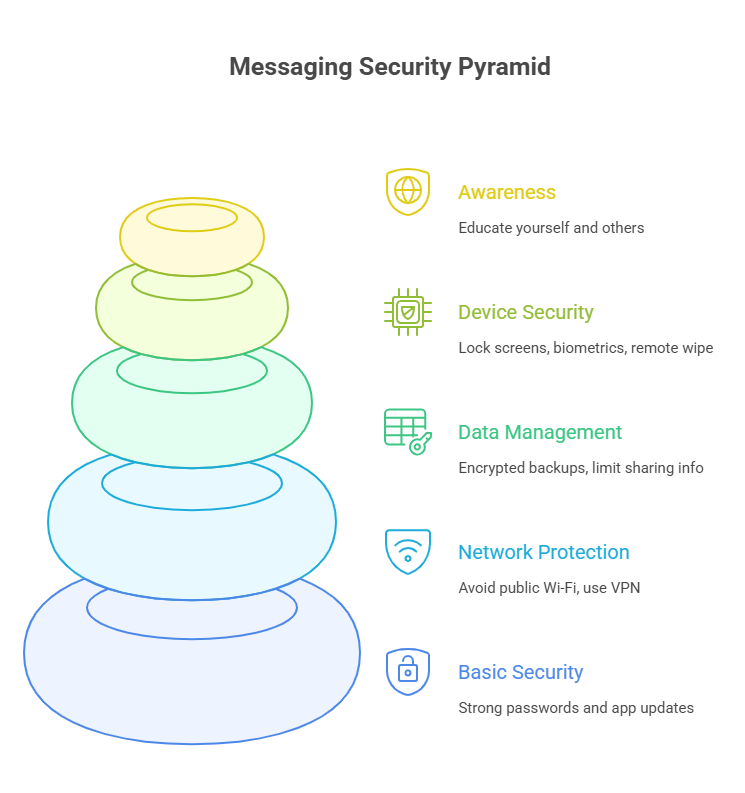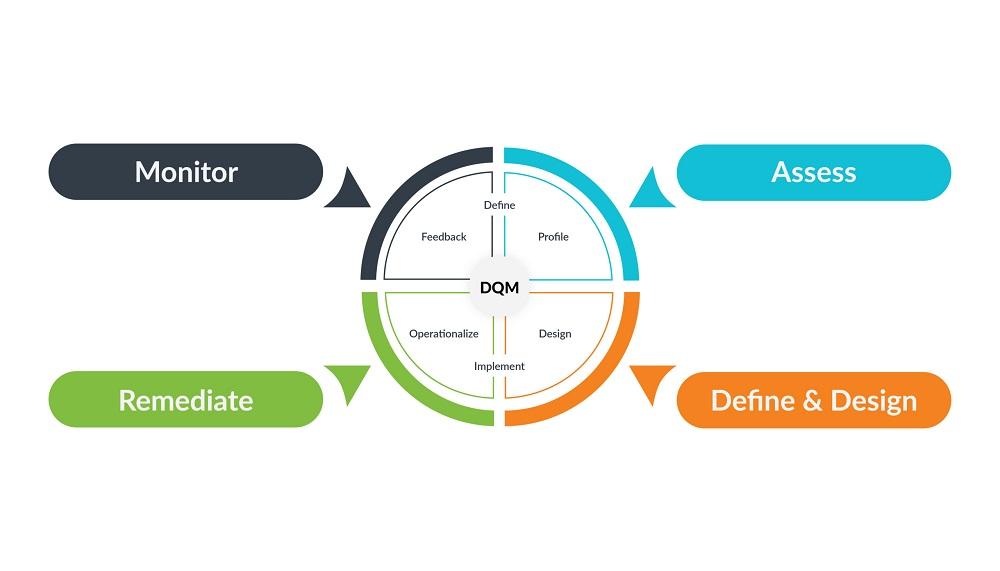Messaging Security Market Analysis, Emerging Opportunities | 2035

The Messaging Security Market Competition is a fierce and multi-dimensional battleground where vendors with vastly different architectures and business models are vying for control of the enterprise's most critical communication channel. The central competitive dynamic is the three-way tug-of-war between the traditional Secure Email Gateway (SEG) incumbents, the integrated platform providers (primarily Microsoft), and the new wave of API-based specialists. The SEG leaders, such as Proofpoint and Mimecast, compete on the basis of their deep security expertise, comprehensive feature sets that go beyond threat protection to include data loss prevention (DLP) and compliance, and their powerful, global threat intelligence networks. They offer a robust, defense-in-depth perimeter that is trusted by thousands of large enterprises. Their challenge is to defend their position against attackers who are increasingly bypassing the gateway with payload-less social engineering attacks.
The most formidable competitive pressure comes from Microsoft. With the vast majority of enterprises now using Microsoft 365, Microsoft's native security offering, Defender for Office 365, has become the default security layer for millions. Microsoft's competitive strategy is one of deep integration, simplicity, and attractive bundling within its E5 licensing tier. They are essentially arguing that a "good enough," fully integrated native solution is better than a more complex and expensive multi-vendor approach. This puts immense pressure on all third-party vendors, who must now justify their existence by proving that they can provide a level of protection that is demonstrably and significantly better than what Microsoft offers for free or at a low incremental cost. This has forced the entire market to innovate beyond basic anti-spam and anti-malware, which have become commoditized, and to focus on advanced threat detection where they can show a clear advantage.
The third competitive vector is the disruption being caused by the API-based, AI-driven newcomers like Abnormal Security. These companies are not competing to replace the entire security gateway. Instead, they are competing on a single, critical capability: their superior ability to detect and block socially-engineered attacks like Business Email Compromise (BEC). Their go-to-market strategy is often a "land and expand" model, where they prove their value by catching threats that the existing SEG and Microsoft's native security have missed. This creates a powerful argument for their adoption as a supplementary layer of security. This intense, multi-front competition is ultimately beneficial for customers, as it is forcing all vendors—incumbents, platform giants, and startups alike—to accelerate their innovation in artificial intelligence, behavioral analytics, and threat intelligence to provide a more effective defense against the rapidly evolving threat landscape. The Messaging Security Market size is projected to grow to USD 43.94 Billion by 2035, exhibiting a CAGR of 11.46% during the forecast period 2025-2035.
Top Trending Reports -
Virtualized Radio Access Network Market


